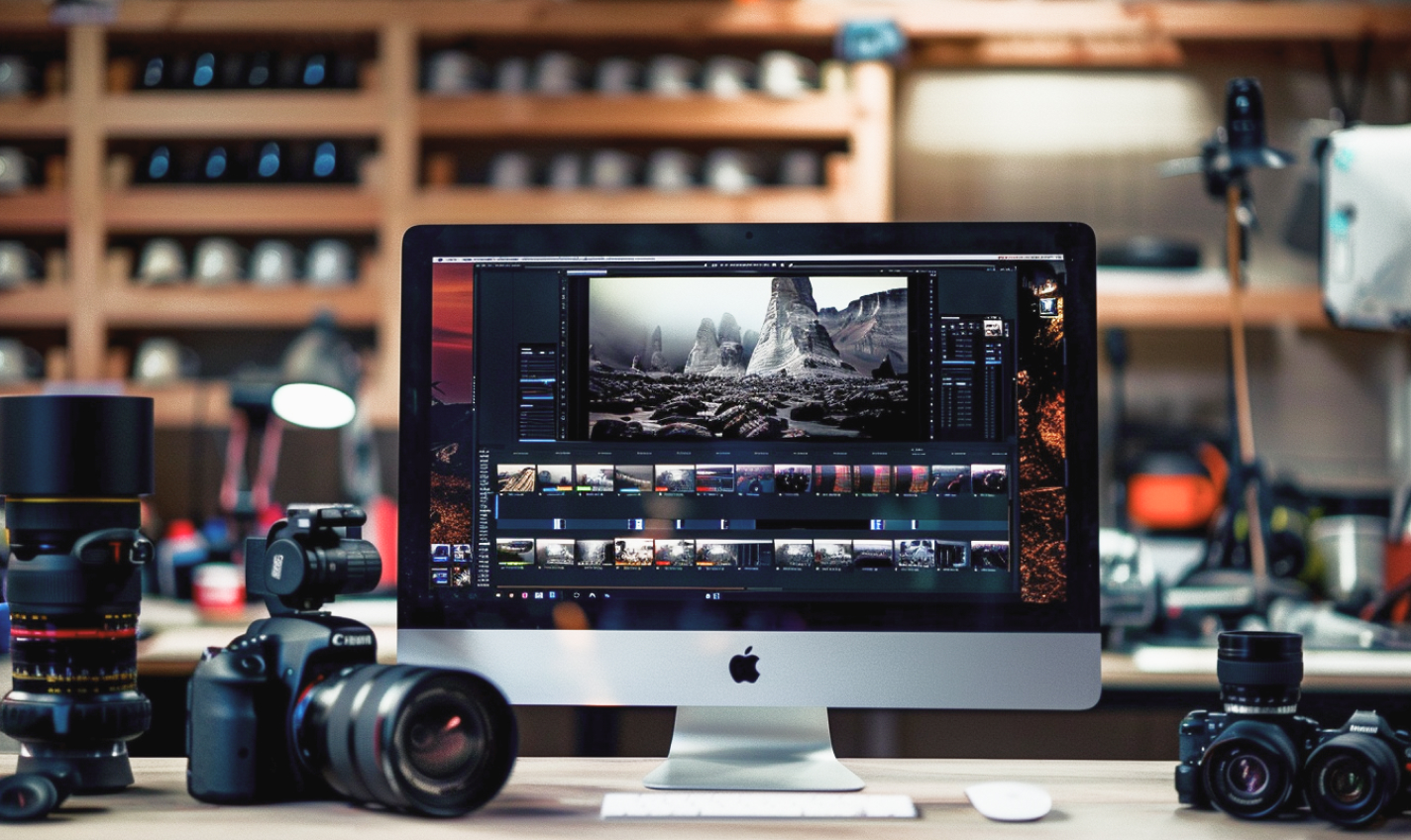
In today’s digital age, photography has become more accessible than ever before, thanks to the widespread availability of digital cameras and editing software. Whether you’re a beginner looking to capture stunning images or an enthusiast eager to enhance your photography skills, understanding the basics of digital photography and editing is essential. In this guide, we’ll explore the fundamentals of digital photography and editing, covering everything from camera settings to post-processing techniques.
- Understanding Your Camera:
- Camera Types: Familiarize yourself with the different types of digital cameras available, including DSLRs, mirrorless cameras, and point-and-shoot cameras.
- Camera Settings: Learn how to adjust key settings such as aperture, shutter speed, and ISO to control exposure and capture the desired effect in your photographs.
- Composition: Explore essential composition techniques such as the rule of thirds, leading lines, and framing to create visually compelling images.
- Capturing Great Photos:
- Lighting: Understand the importance of lighting in photography and learn how to use natural light, artificial light, and modifiers to enhance your images.
- Focus and Depth of Field: Master focusing techniques and experiment with depth of field to control which elements of your photo are sharp and which are blurred.
- White Balance: Learn how to adjust white balance settings to ensure accurate color reproduction in different lighting conditions.
- Introduction to Editing Software:
- Popular Editing Software: Explore popular editing software options such as Adobe Lightroom, Adobe Photoshop, and Capture One Pro.
- Basic Editing Tools: Familiarize yourself with basic editing tools such as exposure adjustment, color correction, cropping, and straightening.
- Non-Destructive Editing: Understand the concept of non-destructive editing and how it allows you to make changes to your photos without altering the original image data.
- Editing Techniques:
- Exposure Adjustment: Learn how to adjust exposure levels to correct underexposed or overexposed images and achieve the desired brightness and contrast.
- Color Correction: Experiment with color temperature, saturation, and hue adjustments to enhance the overall color balance and vibrancy of your photos.
- Retouching: Explore retouching techniques such as spot removal, skin smoothing, and blemish removal to improve the appearance of your subjects.
- Workflow and Organization:
- Importing and Cataloging: Establish a workflow for importing your photos into your editing software and organizing them into catalogs or folders for easy access.
- Batch Processing: Learn how to apply edits to multiple photos simultaneously using batch processing techniques to streamline your workflow.
- File Exporting: Understand the different file formats and compression options available for exporting your edited photos, depending on their intended use.
Mastering the basics of digital photography and editing is a rewarding journey that allows you to unleash your creativity and express yourself through captivating images. By understanding your camera, mastering essential photography techniques, and learning how to edit your photos effectively, you can elevate your photography skills and create stunning visuals that resonate with your audience. So, grab your camera, unleash your creativity, and embark on your photography adventure today!
